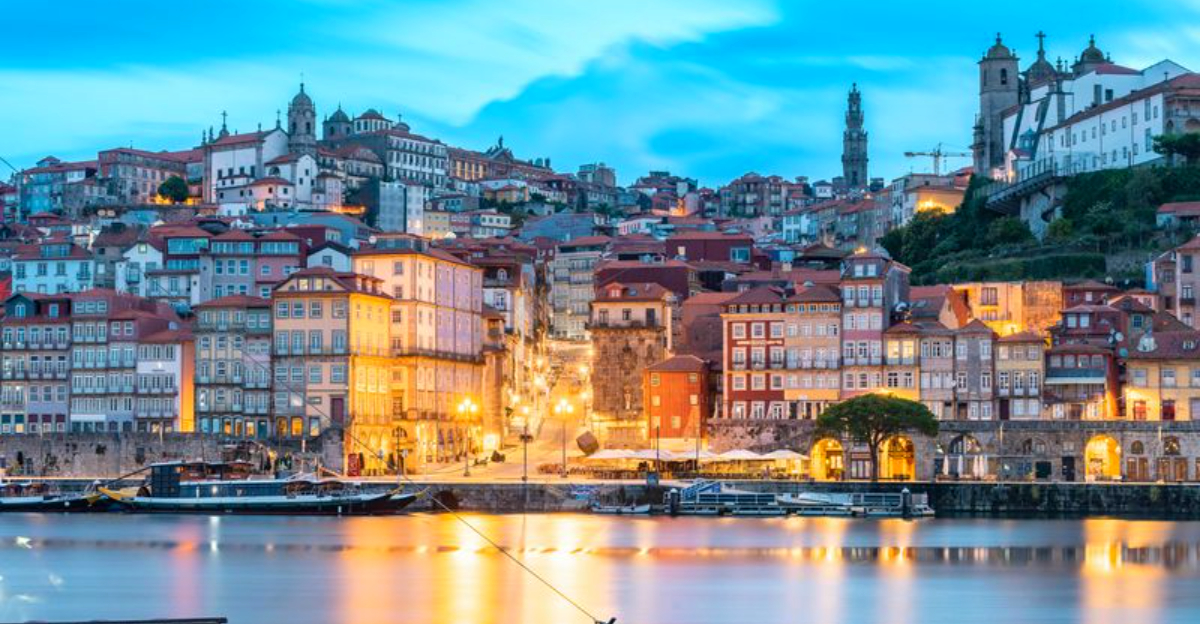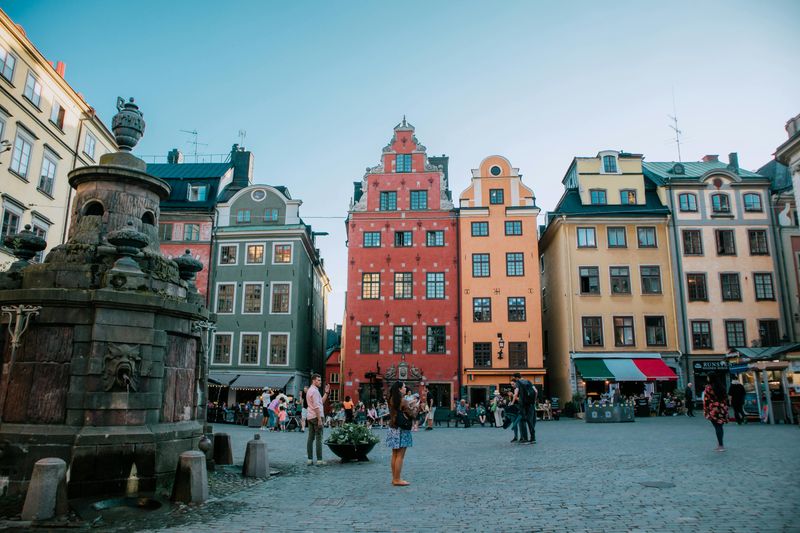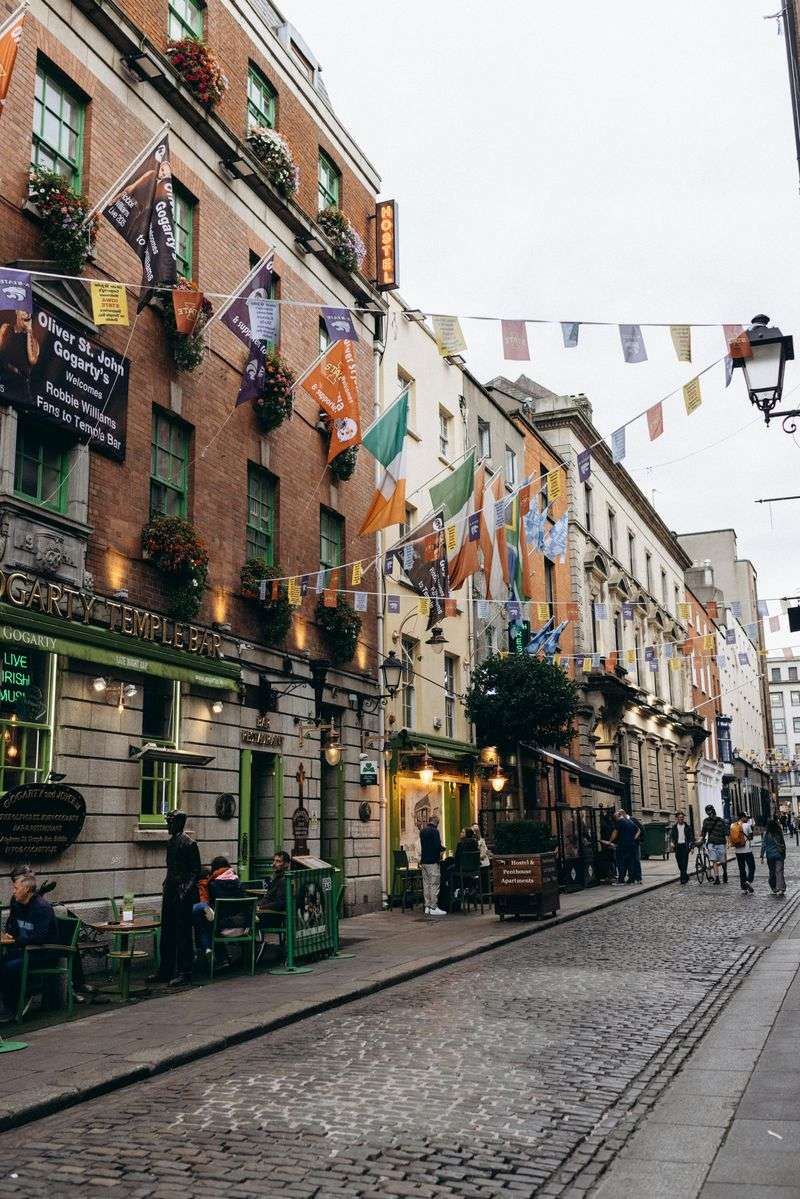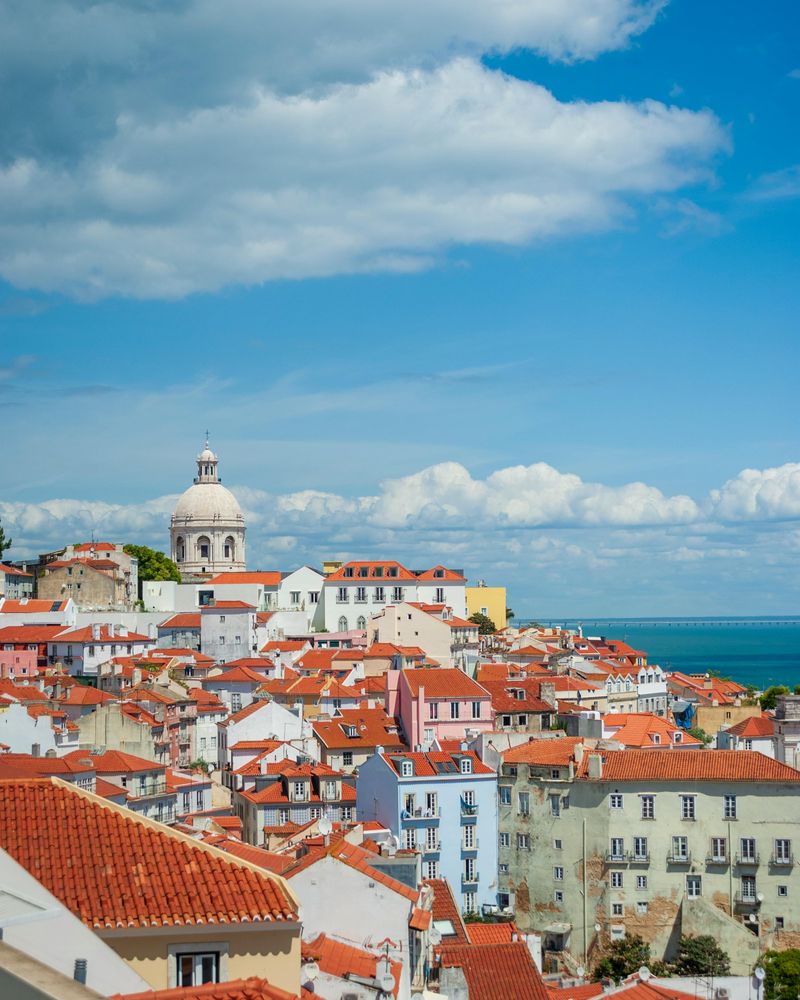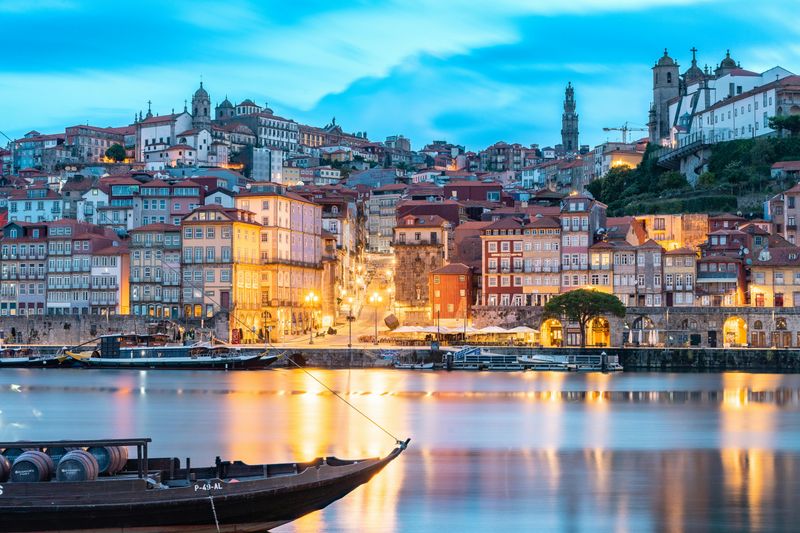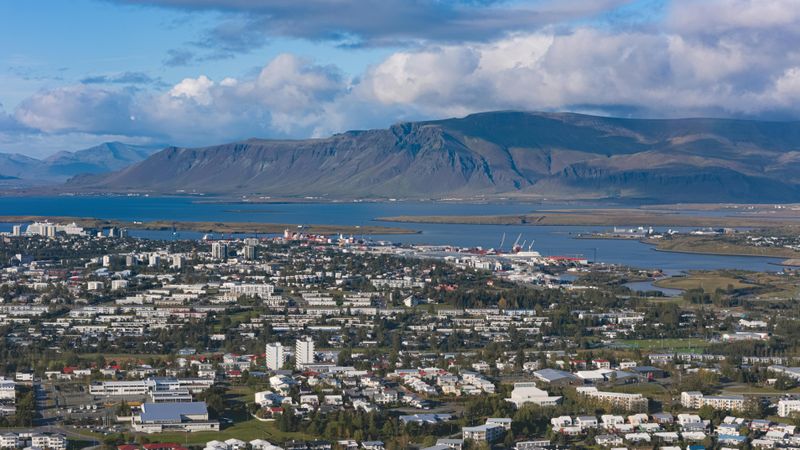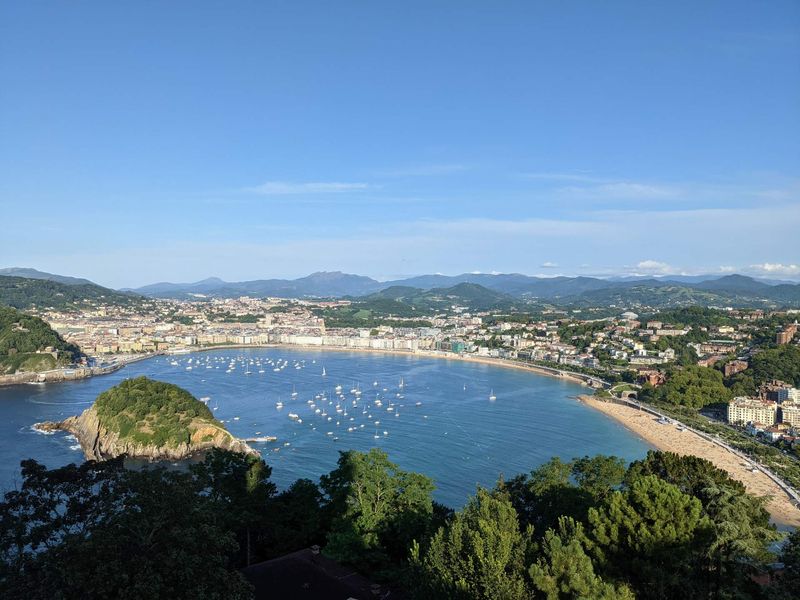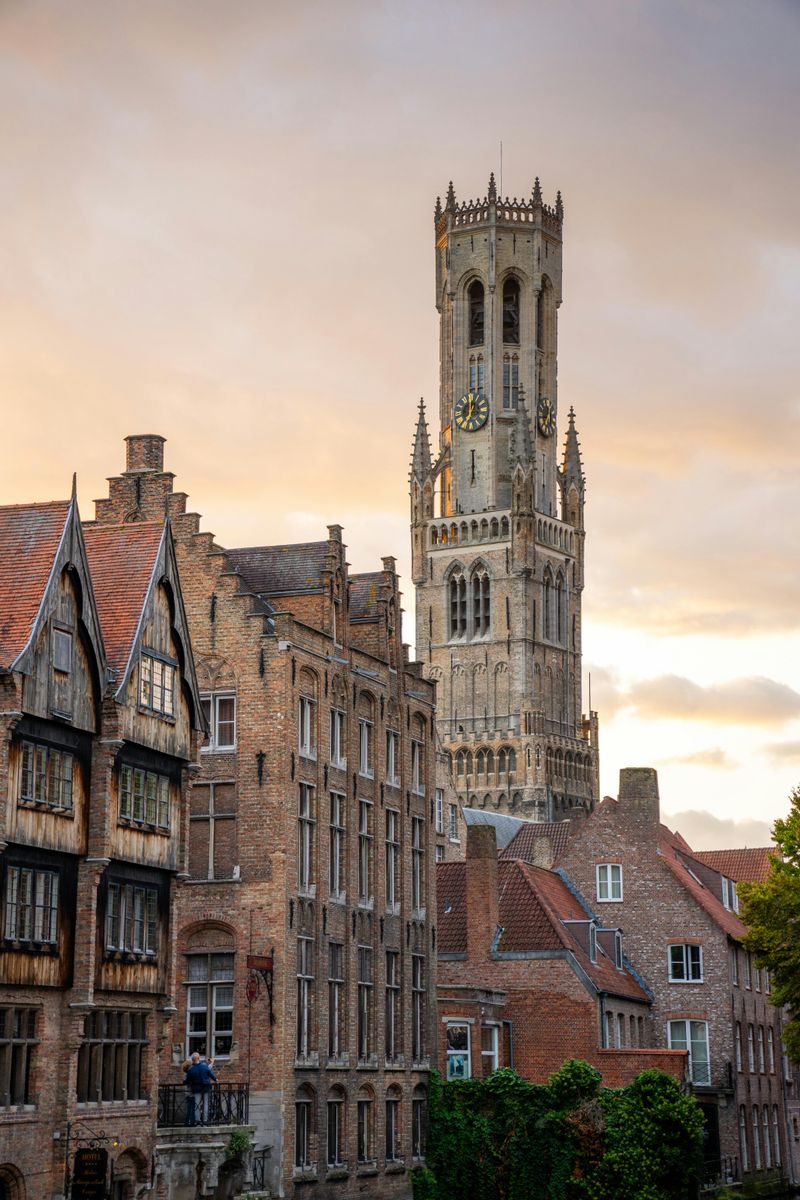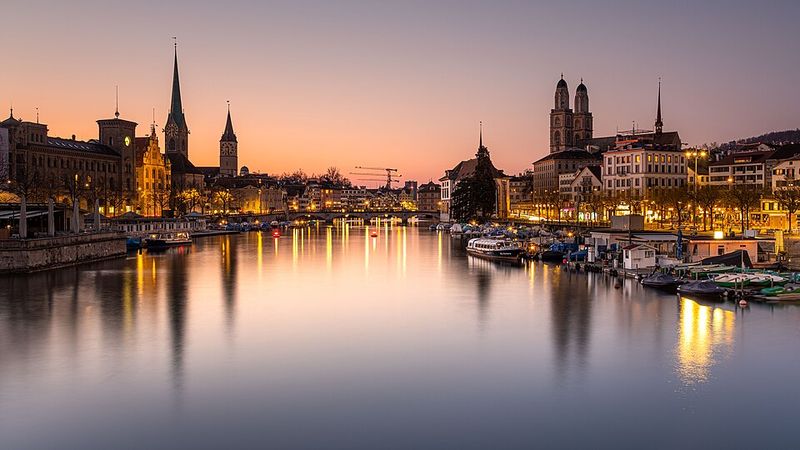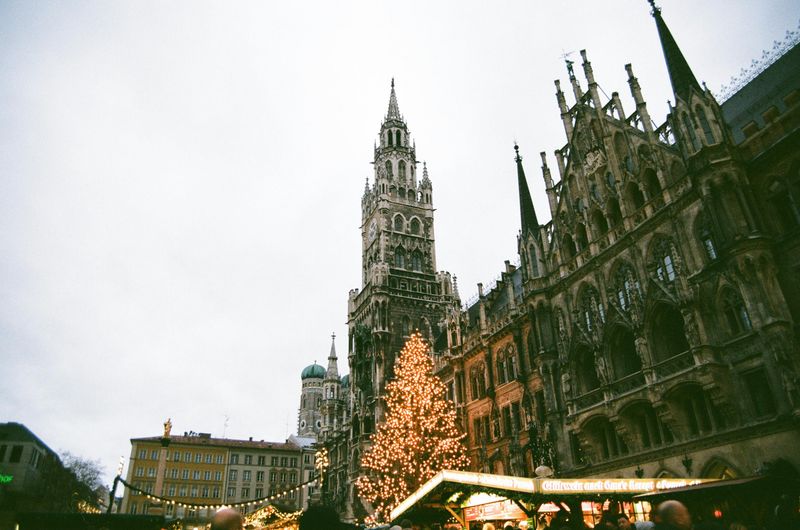Europe is full of amazing places, but some cities stand out for making visitors feel right at home. Travelers from around the world have shared their experiences about which destinations offer the warmest welcomes, friendliest locals, and most inviting atmospheres. Whether it’s through helpful strangers, cozy cafés, or vibrant street life, these cities know how to make guests feel valued and comfortable from the moment they arrive.
Stockholm, Sweden
Voted Europe’s friendliest city in the 2024 Condé Nast Traveller Readers’ Choice Awards, Stockholm earned an impressive hospitality score of 94.07. Swedish residents are famous for their politeness, respect for personal boundaries, and maintaining spotlessly clean streets that make exploring a joy.
Late spring or early fall offers the perfect window for visiting, with generous daylight hours and comfortable temperatures. Gamla Stan’s cobblestone lanes invite wandering, while the Royal Palace showcases Sweden’s regal history.
Djurgården’s world-class museums provide cultural depth, and cozy cafés throughout the city encourage you to embrace fika—the beloved Swedish tradition of coffee breaks with pastries. Locals might seem reserved initially, but their genuine helpfulness shines through when you need directions or recommendations.
Dublin, Ireland
With a heart as open as its famous pub doors, Dublin welcomes strangers like old friends returning home. The city’s legendary pub culture creates natural gathering spaces where conversations flow as freely as the Guinness, and locals genuinely enjoy chatting with visitors about everything from football to family histories.
English speakers find communication effortless, removing language barriers that sometimes create distance in other destinations. Between May and September, outdoor patios buzz with energy while festivals animate the streets and parks burst with greenery.
Grafton Street’s buskers provide soundtrack to your shopping, Trinity College’s ancient library inspires awe, and Temple Bar’s nightlife pulses with music. Ask any Dubliner about their favorite pub, and you’ll likely find yourself invited into a warm conversation that might last hours.
Lisbon, Portugal
Lisbon radiates an unpretentious warmth that puts travelers immediately at ease. Portuguese hospitality feels genuine rather than performative, with locals offering help without expecting anything in return. The city’s hilly terrain, dotted with miradouros offering breathtaking viewpoints, naturally encourages slower exploration and chance encounters with friendly residents.
Tiled neighborhoods showcase centuries of artistic tradition, while plazas serve as communal living rooms where life unfolds publicly. April through June or September through October provide ideal visiting conditions, avoiding summer’s intense heat and peak tourist congestion.
Riding the iconic tram 28 through narrow streets feels like traveling through time. Alfama’s maze-like alleys reveal hidden treasures, Chiado’s fado houses share Portugal’s soulful music, and neighborhood cafés welcome lingering conversations over coffee and pastéis de nata.
Porto, Portugal
Porto’s reputation for genuine hospitality isn’t just talk—locals actively go beyond basic courtesy to ensure visitors feel welcomed. Whether you need directions through the winding streets, recommendations for authentic wine caves, or suggestions for hidden neighborhood cafés, Porto residents respond with enthusiasm and detailed guidance.
Late spring or early fall brings comfortable temperatures and fewer crowds, making exploration more pleasant. The Ribeira district’s riverside promenade invites leisurely strolls, while the dramatic Dom Luís Bridge connects you to Vila Nova de Gaia’s famous port wine cellars.
Cobbled alleys wind unpredictably through historic quarters, often leading to unexpected discoveries. Don’t be surprised when shopkeepers greet you with warm smiles or when strangers offer spontaneous help. This northern Portuguese gem combines stunning architecture with heart, creating memorable human connections.
Reykjavik, Iceland
Small-town charm meets cosmopolitan culture in Iceland’s compact capital, where egalitarian values shape everyday interactions. Reykjavik’s unpretentious pace allows genuine connections to form naturally, and locals approach visitors with helpful, conversational attitudes rather than transactional politeness. Social stratification barely exists here, making everyone feel equally valued.
June through August delivers the magical midnight sun and full access to surrounding natural wonders, though May and September offer similar experiences with significantly fewer tourists. The Golden Circle’s geological marvels lie within easy reach, while the Blue Lagoon provides geothermal relaxation.
Harpa’s striking architecture reflects Iceland’s creative spirit, and Reykjavík’s walkable downtown encourages exploration without stress. The city’s manageable size means you might encounter the same friendly face twice, turning brief exchanges into budding friendships during your stay.
San Sebastián, Spain
Basque openness creates an immediately welcoming atmosphere in this coastal gem, where food culture serves as social glue. San Sebastián’s pintxo bars function as community gathering spots, encouraging fluid conversations between locals and visitors over bite-sized culinary masterpieces. Multilingualism removes communication barriers, with many residents comfortable switching between Basque, Spanish, and English.
Late spring or early fall provides comfortable beach weather without overwhelming tourist pressure. Monte Urgull’s hiking trails reward climbers with panoramic views, while La Concha Bay’s crescent beach ranks among Europe’s most beautiful urban shores.
Parte Vieja’s narrow streets overflow with pintxo bars where hopping from one to another feels like a delicious treasure hunt. Locals might strike up conversations over glasses of cider or txakoli, sharing recommendations with genuine enthusiasm that transforms strangers into temporary friends.
Bruges, Belgium
Medieval fairy tales come alive in this compact Belgian treasure, where patient shopkeepers and gracious locals treat outsiders with remarkable kindness. Bruges’ walkable scale means you can explore thoroughly without exhausting yourself, and the slower pace encourages lingering—which naturally creates more opportunities for serendipitous human encounters.
May through June or September brings mild weather and manageable tourism levels, allowing you to appreciate the city’s beauty without battling crowds. Canal boat tours provide unique perspectives on historic architecture, while Market Square’s buzz centers daily life.
Climbing the Belfry rewards effort with spectacular views, and hidden courtyards reveal quiet corners perfect for reflection. Staff at cafés and chocolate shops often take time to explain local specialties rather than rushing transactions. This patience and graciousness make visitors feel valued rather than merely tolerated during peak seasons.
Zurich, Switzerland
Efficiency can feel like hospitality when systems work seamlessly, and Zurich proves this beautifully. While not always topping traditional friendliness rankings, the city earns welcoming status through orderly public transportation, multilingual citizens who switch languages effortlessly, and services designed to minimize visitor friction. High liveability indexes reflect quality that residents and tourists alike appreciate.
June through September opens lake swimming season and mountain access, transforming the city into an outdoor playground. Altstadt’s medieval lanes contrast with modern efficiency, while riding the Uetliberg mountain railway provides alpine views minutes from downtown.
Lake Zurich cruises offer relaxing perspectives on the city’s geography, and sampling Swiss chocolate or cheese becomes a delicious education. When everything functions smoothly—trains arriving precisely on time, clear signage guiding your way—the city communicates care through competence rather than just conversation.
Munich, Germany
Beer garden culture transforms Munich’s hospitality from concept into lived experience. Oktoberfest’s global fame stems from genuine traditions where strangers share tables, stories, and steins in massive communal celebrations. But this openness extends year-round, with outdoor socializing fostering interactions that might never happen in more reserved environments.
September, particularly during Oktoberfest, showcases Munich at its most welcoming, though summer months also encourage outdoor gathering. Marienplatz’s Glockenspiel draws crowds on the hour, while Englischer Garten’s sprawling green space rivals any urban park worldwide.
Nymphenburg Palace demonstrates Bavarian grandeur, and countless beer gardens invite you to grab a Maß and settle in. Traditional communal seating means you might find yourself chatting with locals over pretzels and radishes, discovering that Munich’s friendliness flows as generously as its famous brews.
